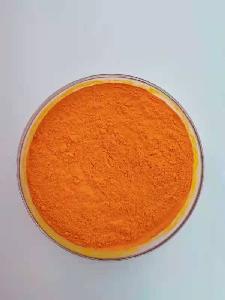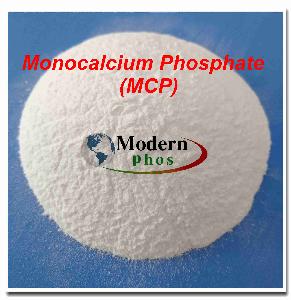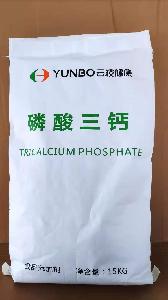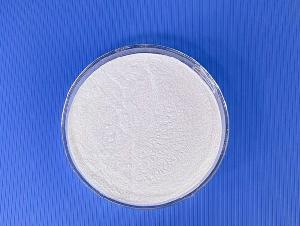
|

tricalcium phosphate Food Grade
1. Chemical Name: Tricalcium Phosphate
2. Molecular Formula: Ca3(PO4)2
3. Molecular Weight: 310
4. Specification: A white odourless powder which is stable in air
5. Quality Standard:
| Project
|
E341(iii)
|
| Assay ( Ca 3 (PO 4 ) 2 )(on dried material) ≥%
|
90.0
|
| P 2 O 5 Content %
|
38.5-48.0
|
| Loss on Ignition (
|
8.0
|
| Arsenic(As) ≤mg/kg
|
3
|
| Fluoride(F) ≤mg/kg
|
50
|
| Cadmium(Cd) ≤mg/kg
|
1
|
| Lead(Pb) ≤mg/kg
|
4
|
| Mercury ≤mg/kg
|
1
|
6. Usage: As a food additive for its properties as anticoagulant, nutritional supplement, calcium intensifier PH regular, buffer. Such as flour anticoagulant, additive for milk powder, sweets, pudding, flavoring, and meat, refined aid agent for animal oil, yeast food and so on.
7. Packing: 25kgs /bag or according to customer’s demand. Packed with polyethylene bags as liner, a woven bag as the outer layer.
8. Storage and transport: It should be stored in a dry, ventilated and clean warehouse; kept away from moisture and hot, Furthermore, it should be stored separately from poisonous substances.
Xuzhou Joinv Chemical Technology Co., Ltd. provides a wide range of materials, such as vitamins, phosphates, citric acid and honey powder, etc. We are promoting the development of such products for various industries that make our lives easier while paying attention to quality, safety, and environment. We are also making continuous efforts to provide new products to meet the varied needs of different oversea markets.
We are dedicated to provide value to our customers. We believe that each customer is unique, with a different set of needs based on individual markets, strategies and competitive dynamics. 3V--Value, Velocity, and Victory--whatever you call it, we hold ourselves to this principle, and we are committed to understanding your needs so that we can better help you succeed.
We will be very pleased to have negotiations on trade, participate in information exchange and cooperate with friends from various countries and regions.
more

|

|

|

|

|

|

|

|

|

|

|

|